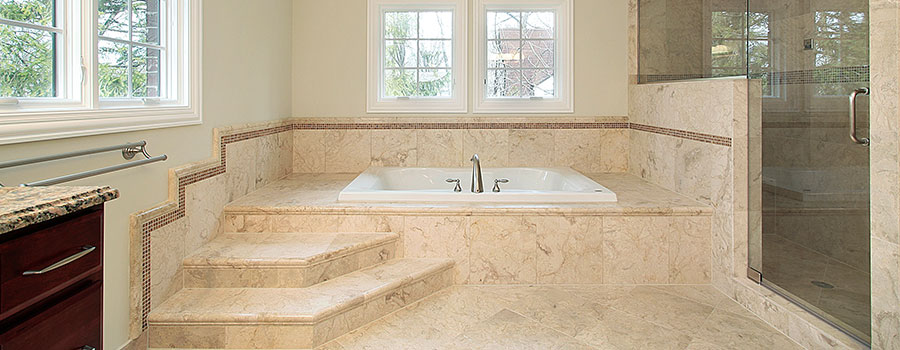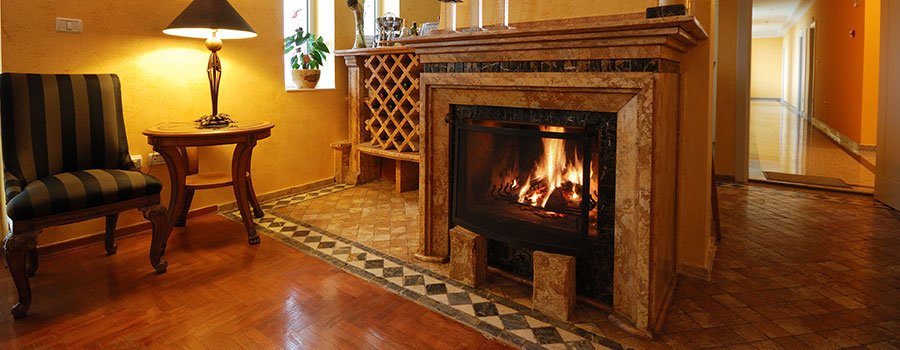How to Let Natural Light Come Into Your Home
Most homeowners often take natural light for granted. Instead, they would often splurge on expensive lighting fixtures to enhance the beauty of their interiors. However, most people often do not realize how natural light can do wonders to their house interiors. If you are planning a home remodeling addition, you might want to include ways to let natural light into the home addition design. Why your home should embrace natural light A survey conducted by Origin Global found that about 26 percent of homeowners would love to have natural light in their homes. Other “must-haves”, according to the survey, include having a large garden area and dining area/kitchen. No wonder people still prefer natural over artificial light. For one thing, daylight exposure can help improve our mood. Likewise, it can make your interiors look bigger, brighter, lighter, and more welcoming. Letting natural light can also save you electricity as you don’t have to turn on the lights during the day. Natural light can also freshen the air circulating inside the house. There are also studies stating that natural lighting lessens the tendency to overeat and oversleep and improves energy levels. Natural light can even improve your work productivity and lessen the risk of depression and other mental health issues. In other words, natural light can do wonders to our health and our usual daily routines. How to let natural light in your home If you are in a process of building a home addition, it is better to consider how you are going to let natural light into your home. A home addition design that includes natural light can help you save electricity and uplift your mood. Here are tips you should consider if you want to bathe your home with nature-given light. Use light-colored paint on your walls. Ditch the flowery, Grandma-style wallpaper and opt for lighter shades of paint. Home improvement experts suggest using white as the safest bet if you want natural light to come into your home. Lighter shades of paint will make the room look bigger and brighter. On the contrary, dark paint can make a room look constricting and hotter. When using white paint, you can opt to use off-white hues for a warmer and calmer effect. Avoid using pure white or brilliant white as it can make the room look cold and boring. Also, consider using paint with a satin finish so that light will bounce better in the room. Place mirrors or any shiny tiles. Make your kitchen or dining area look bigger by installing reflective tiles or backsplashes. Mirrors can also do wonders in your room, hallway, or living room areas. These can make your room look more spacious and brighter as well. Relocate your furniture. Your bulky furniture might be blocking your windows, so make sure not to block them with any furniture or décor. Use sheer or light-colored curtains, or opt for blinds so you can also control the amount of light coming into the house (not to mention add privacy as well). Turning green to brighten your home Did you know that plants can also brighten up your […]
Read moreWinter is Coming: How to Prepare Your Home for the Winter Season
Our homes are like our bodies: we need to take care of it. Or else, it will deteriorate if we do not take care of it well enough. More so, homeowners should be preparing their homes for the upcoming winter. It might also be a good idea to have a home remodel in time for the winter season. Planning a home addition design is a good investment for your home. More so, a home addition project should be planned well. Whether it’s a bathroom remodel or a living space addition, make sure to hire home additional companies offering affordable home additions. Getting started Preparing your home for the upcoming winter is important if you don’t want to be shivering under the comforters. In fact, you should already know this if you lived in a snowy area for a long time. If you are planning for a home addition project, make sure it is winter-proof as well. By winter-proofing your home, which means you don’t have to wait before the snow starts to fall. The best time to winterize your home is now. Winterizing your home would need a lot of things aside from protecting the house from the cold. This also includes preparing your pipes and gutters, trees in your backyard, and other nook and cranny of your home. Keep your indoors warm and cozy Here are the necessary steps that you should do to keep you and your loved one warm and cozy this winter season. Check the airconditioning and heating system of your house. Your heating system should be working its best, especially during the cold winter weather. Usually, heating and air conditioning systems should last you up to 15 years. Even more than that, if you regularly maintain the systems. Make sure to do the maintenance and repairs (as needed) in time for the cold season. Best to hire a trusted professional HVAC contractor to do the job. Check your pipes. The best thing to do is to insulate your pipes before winter arrives. Otherwise, the water flowing in the pipes might freeze and result in pipe burst when it gets too cold. There are pipe insulations available in most hardware stores. Then, cut the insulation to fit on the pipe and secure using duct tape. Prevent your door locks from getting frozen. This can also be a problem if you live in a cold climate area. So to prevent your locks from being frozen, spray some lubricant into the lock where you insert the keys into. Schedule cleaning for the fireplace. If you have a wood-burning fireplace that you use often, make sure to have it cleaned and inspected. Even if you use a gas-powered fireplace, you still need to clean and have it inspected once every three years according to experts. Keep your outdoors safe and sound Aside from indoors, you should also check your house exteriors and see if it’s winter-ready. Whether it’s a condo remodeling or a home remodel, you should make sure that your home is ready for the winter, inside and out. Check your trees for falling branches, twigs, etc. If […]
Read more

